Casa Morandi, by Studio d’Architettura Iosa Ghini
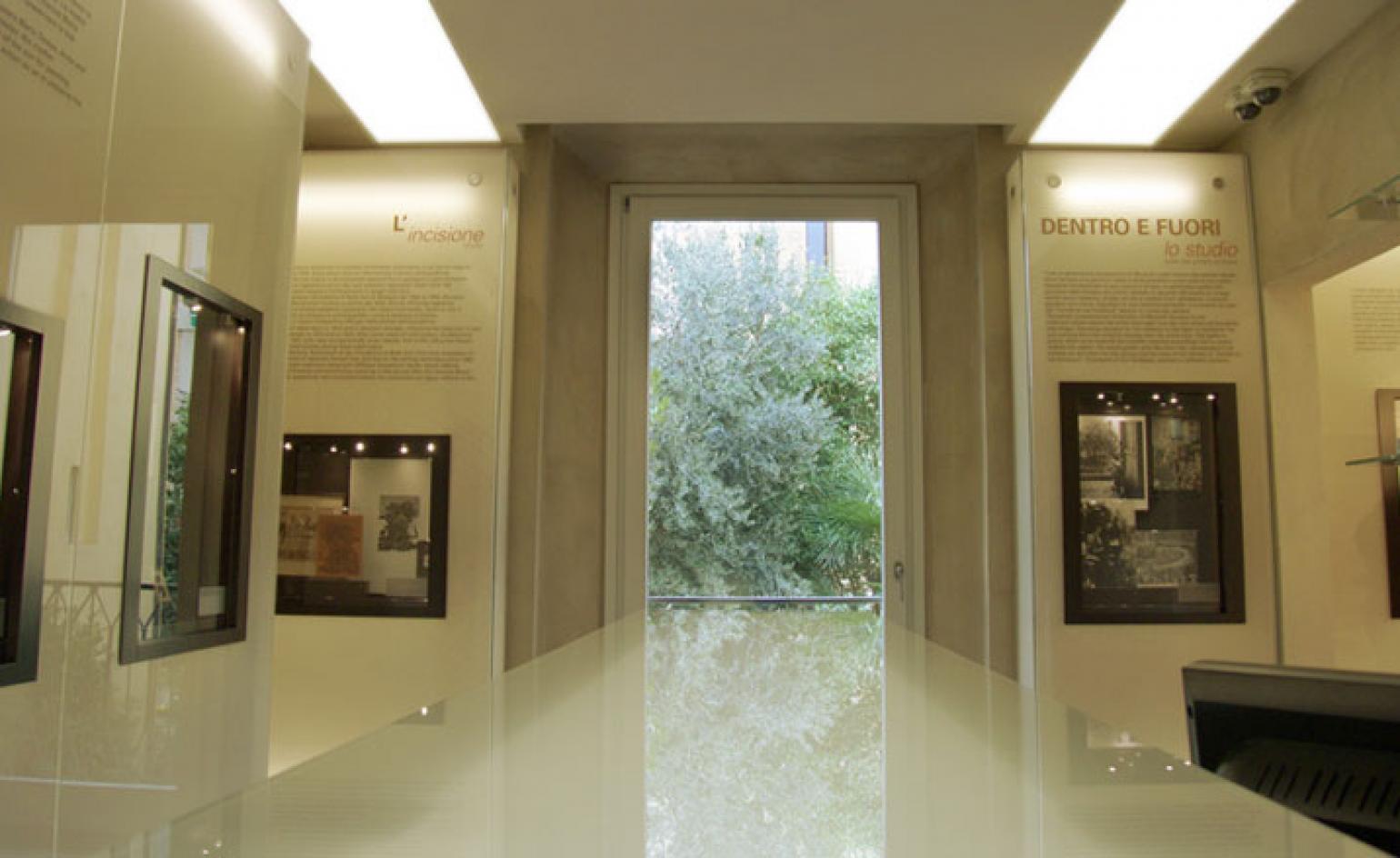
Casa Morandi - a tiny museum in the centre of Bologna - has recently opened its doors. Housed within the very apartment where the twentieth century Italian painter Giorgio Morandi lived and worked for most of his life, the space has never before been open to the public.
Re-designed by architect Massimo Iosa Ghini, of Studio d'Architettura Iosa Ghini, the adaptation of the 250-square-metre Renaissance style space was sponsored by both Comune di Bologna and Unindustria Bologna - whilst the museum itself is run under the auspices of the Museo d’Arte Moderna di Bologna
Known for his early minimalist approach, Morandi's spare and outwardly simple paintings of day-to-day objects play on recurring domestic themes, with ceramic still lives, bottle tableaux and kitchen utensil scenes featuring frequently. Painting intricately and methodically, Morandi's repetitive approach and pared-down use of colour only pays testament to his unwavering artistic discipline.
Paying Homage to this hue-based element of Morandi's work was essential in the re-design of the Casa Morandi, as Iosa Ghini explains 'The concept of the renovation followed the chromatic preferences of the artist by using ochre, brown and grey tones, and at the same time using contemporary materials like resin'.
Featuring smooth stucco walls in hues of soft beige rendered with the cross tiling technique, 'spatolato nuvolato', Iosa Ghini has complimented the effect with a light ochre finish on the epoxy resin floor.
The reception and exhibition areas, both elegant and modern, employ extra-clear tempered white glass on the surfaces, whilst lacquered aluminum boxes display Morandi's work.
Juxtaposed with several rooms that appear exactly as they did when Morandi inhabited the space, the modernised areas are compelling in their contradiction. The studio-atelier is a particular triumph of restoration on the part of Iosa Ghini - it’s almost as if Morandi may walk in at any moment, pick up a brush and start painting. One can only wish.
Wallpaper* Newsletter
Receive our daily digest of inspiration, escapism and design stories from around the world direct to your inbox.
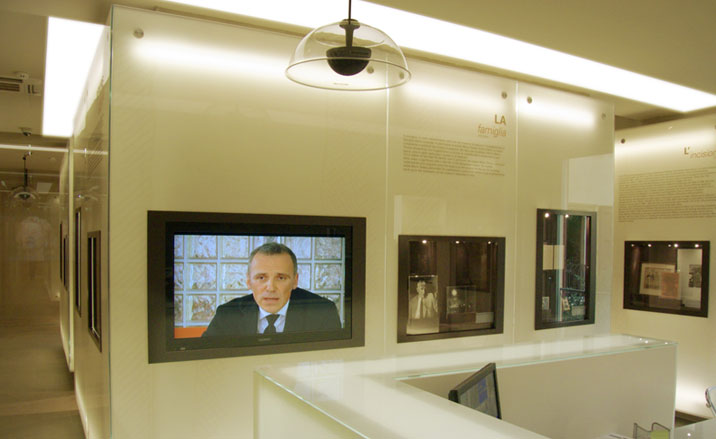
A glass reception desk and interactive glass wall, by Iosa Ghini Associates. Bologna, Italy, 2009
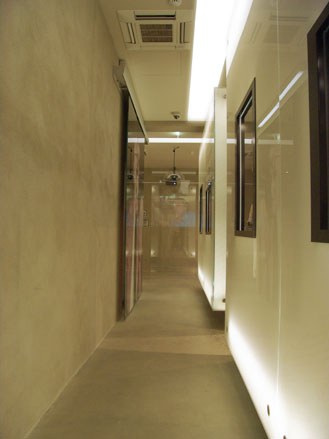
A modernised corridor within Casa Morandi, by Iosa Ghini Associates. Bologna, Italy, 2009
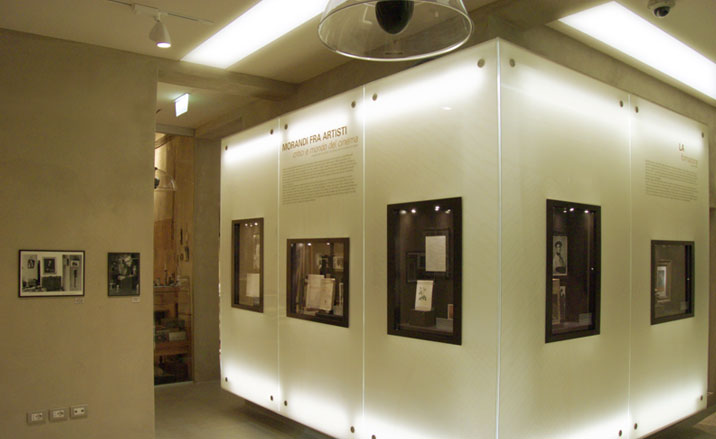
The exhibition system wall and photos of Morandi with other artists, by Iosa Ghini Associates. Bologna, Italy, 2009
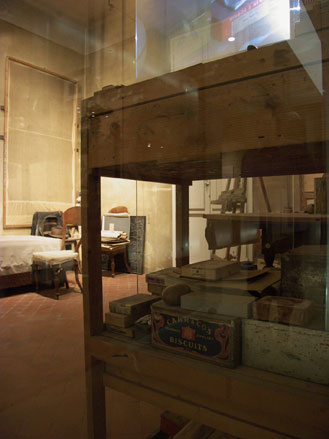
Morandi’s original studio-atelier, by Iosa Ghini Associates. Bologna, Italy, 2009
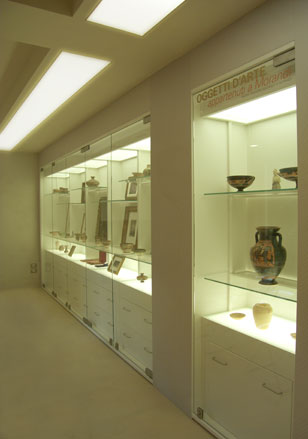
Morandi’s sisters bedroom - now a new conference hall with old artworks which belonged to the Morandi, by Iosa Ghini Associates. Bologna, Italy, 2009
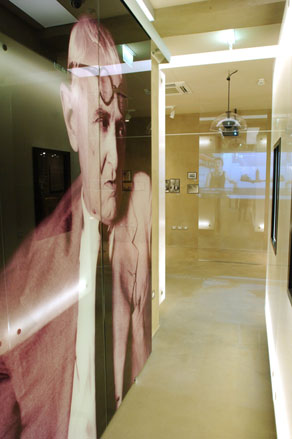
An aisle between the old main entrance and Morandi’s sister bedroom, by Iosa Ghini Associates. Bologna, Italy, 2009
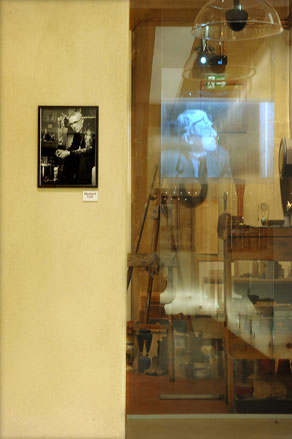
Detail of photo’s hall wall and Morandi’s studio-atelier, by Iosa Ghini Associates. Bologna, Italy, 2009
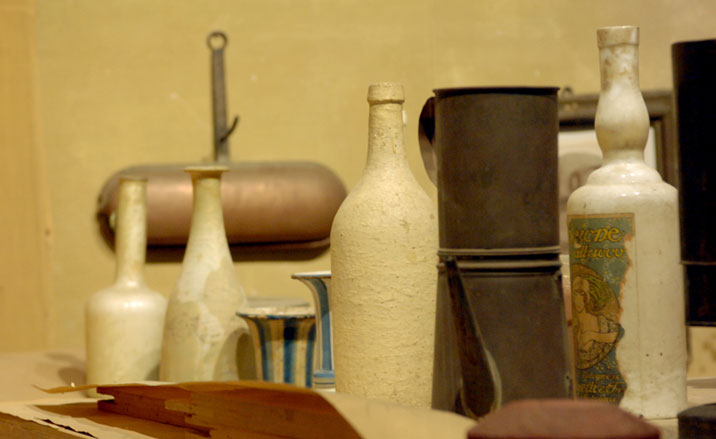
Detail of Morandi’s objects, these were everyday items that he used for his inspiration, by Iosa Ghini Associates. Bologna, Italy, 2009%A%A
ADDRESS
Casa Morandi
via Fondazza, 36
40125 Bologna
-
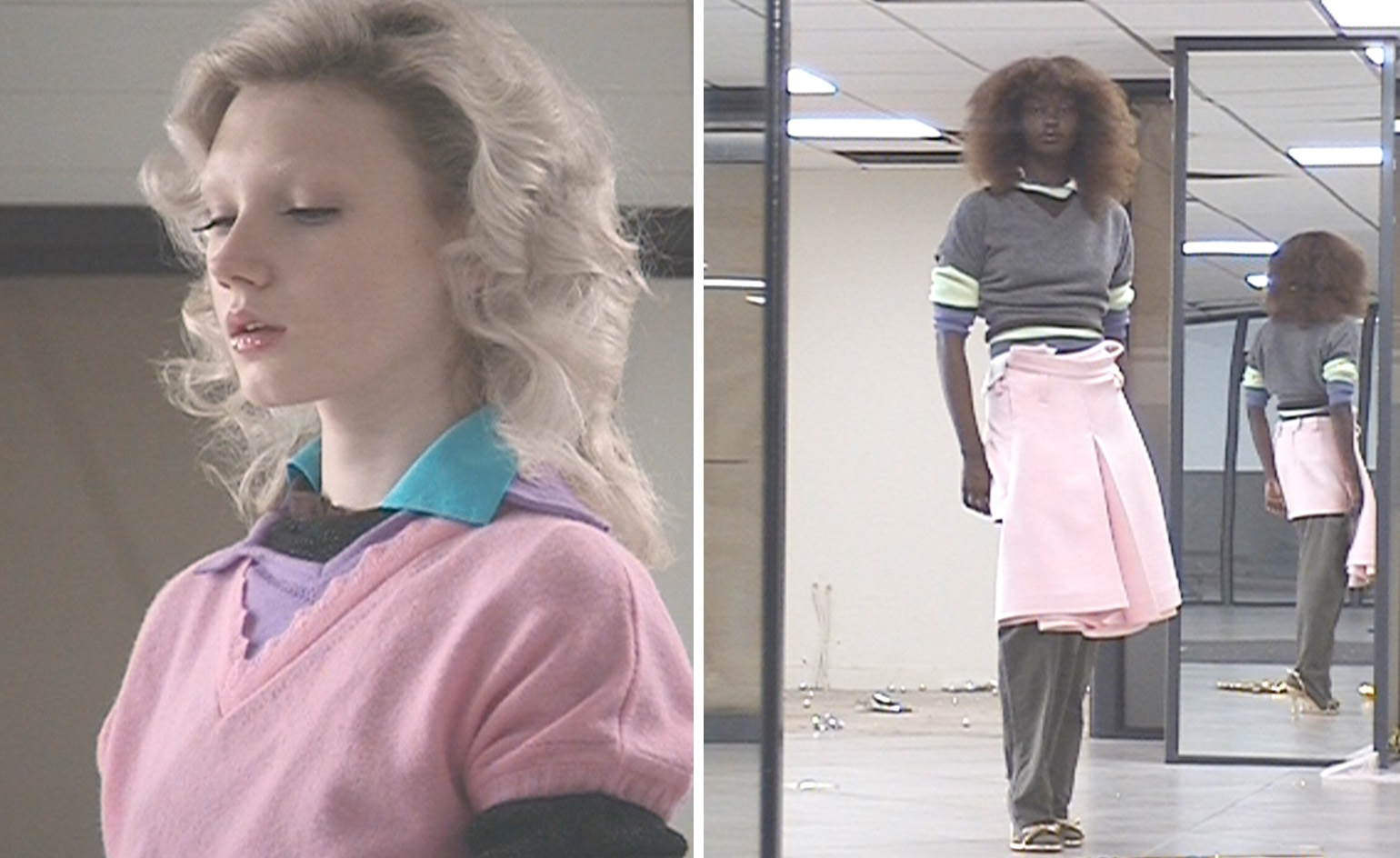 All-In is the Paris-based label making full-force fashion for main character dressing
All-In is the Paris-based label making full-force fashion for main character dressingPart of our monthly Uprising series, Wallpaper* meets Benjamin Barron and Bror August Vestbø of All-In, the LVMH Prize-nominated label which bases its collections on a riotous cast of characters – real and imagined
By Orla Brennan
-
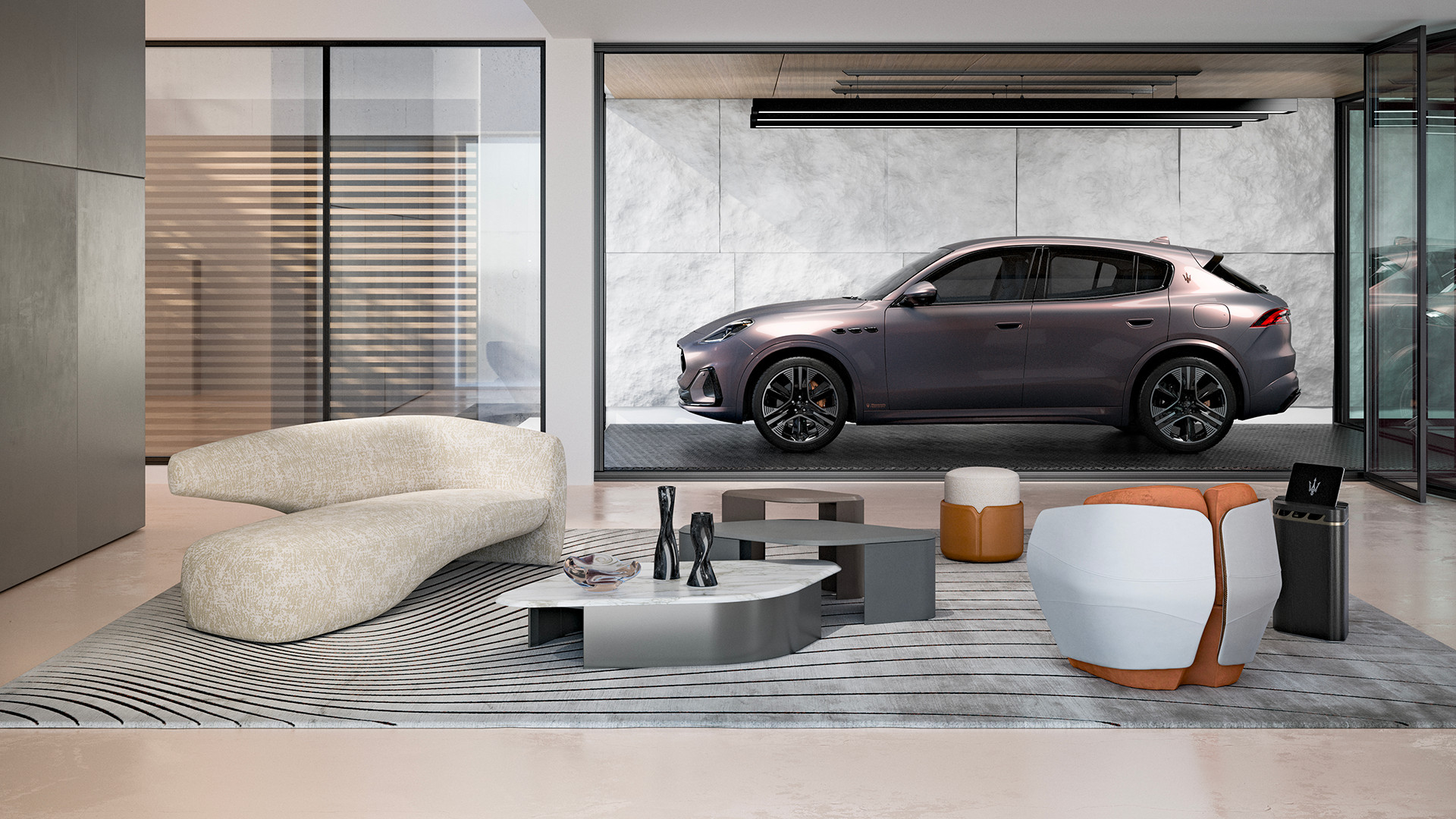 Maserati joins forces with Giorgetti for a turbo-charged relationship
Maserati joins forces with Giorgetti for a turbo-charged relationshipAnnouncing their marriage during Milan Design Week, the brands unveiled a collection, a car and a long term commitment
By Hugo Macdonald
-
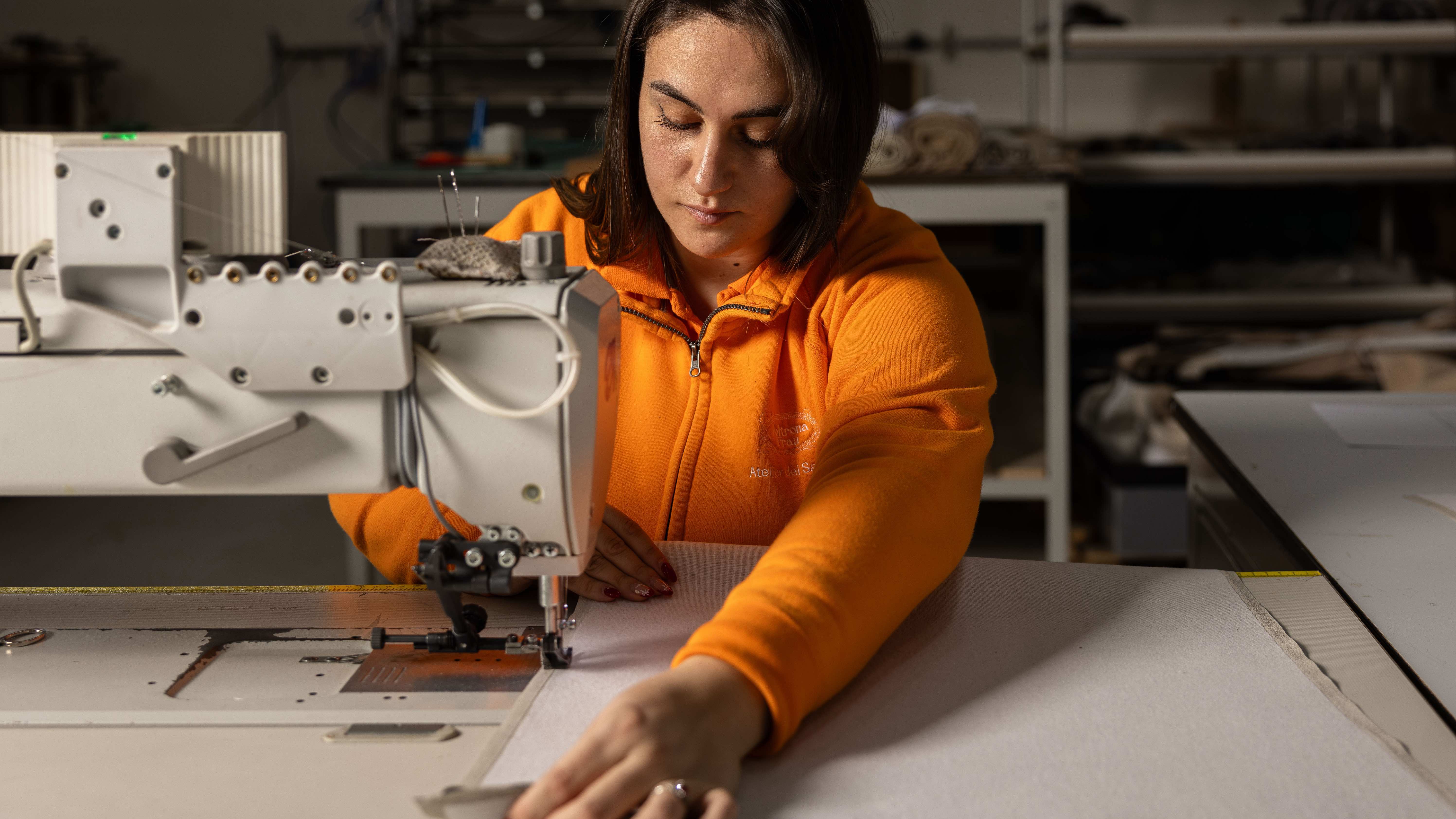 Through an innovative new training program, Poltrona Frau aims to safeguard Italian craft
Through an innovative new training program, Poltrona Frau aims to safeguard Italian craftThe heritage furniture manufacturer is training a new generation of leather artisans
By Cristina Kiran Piotti